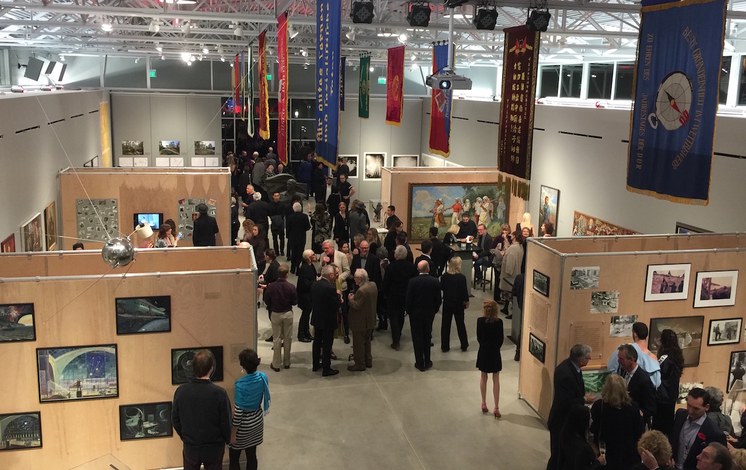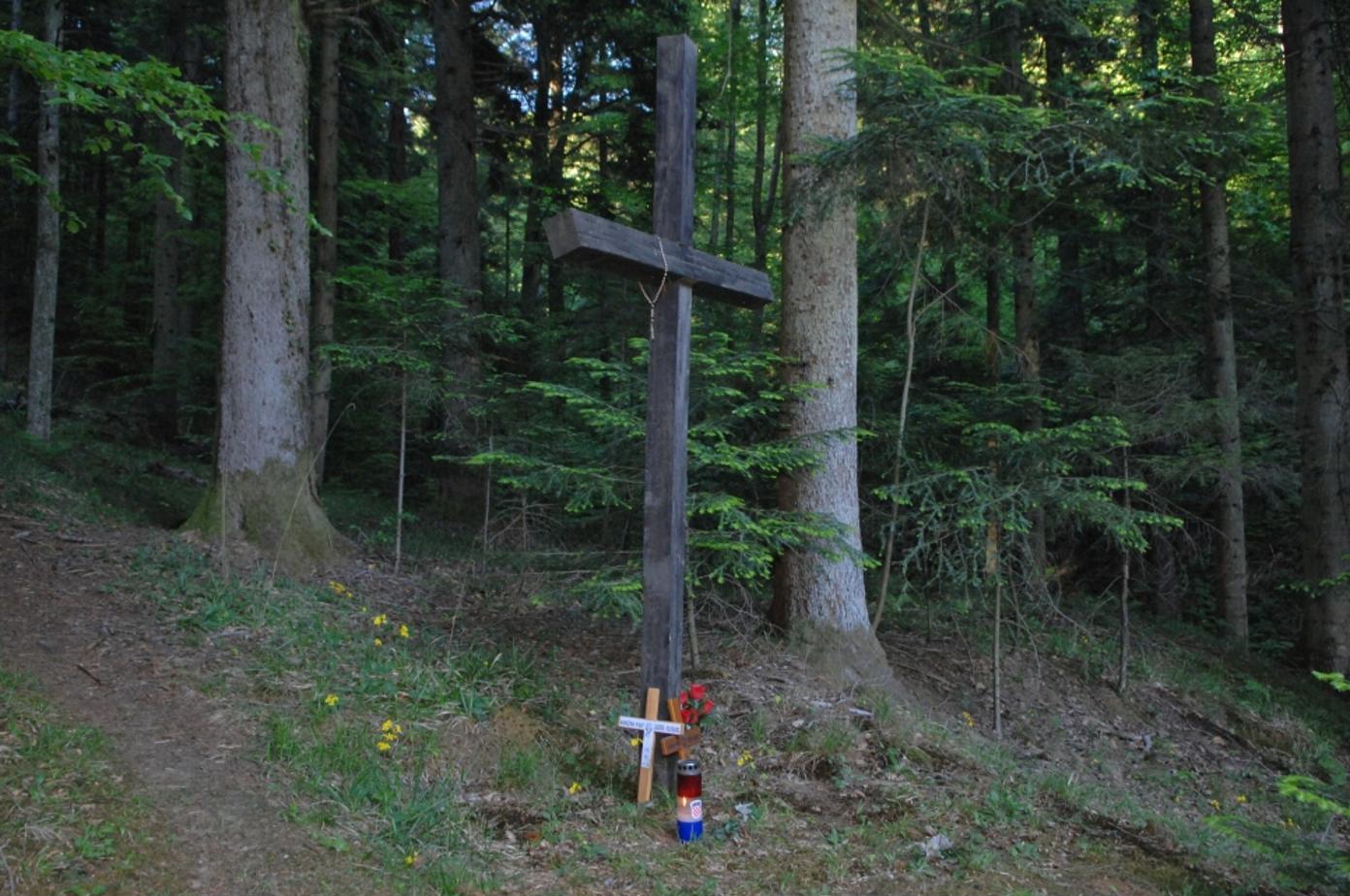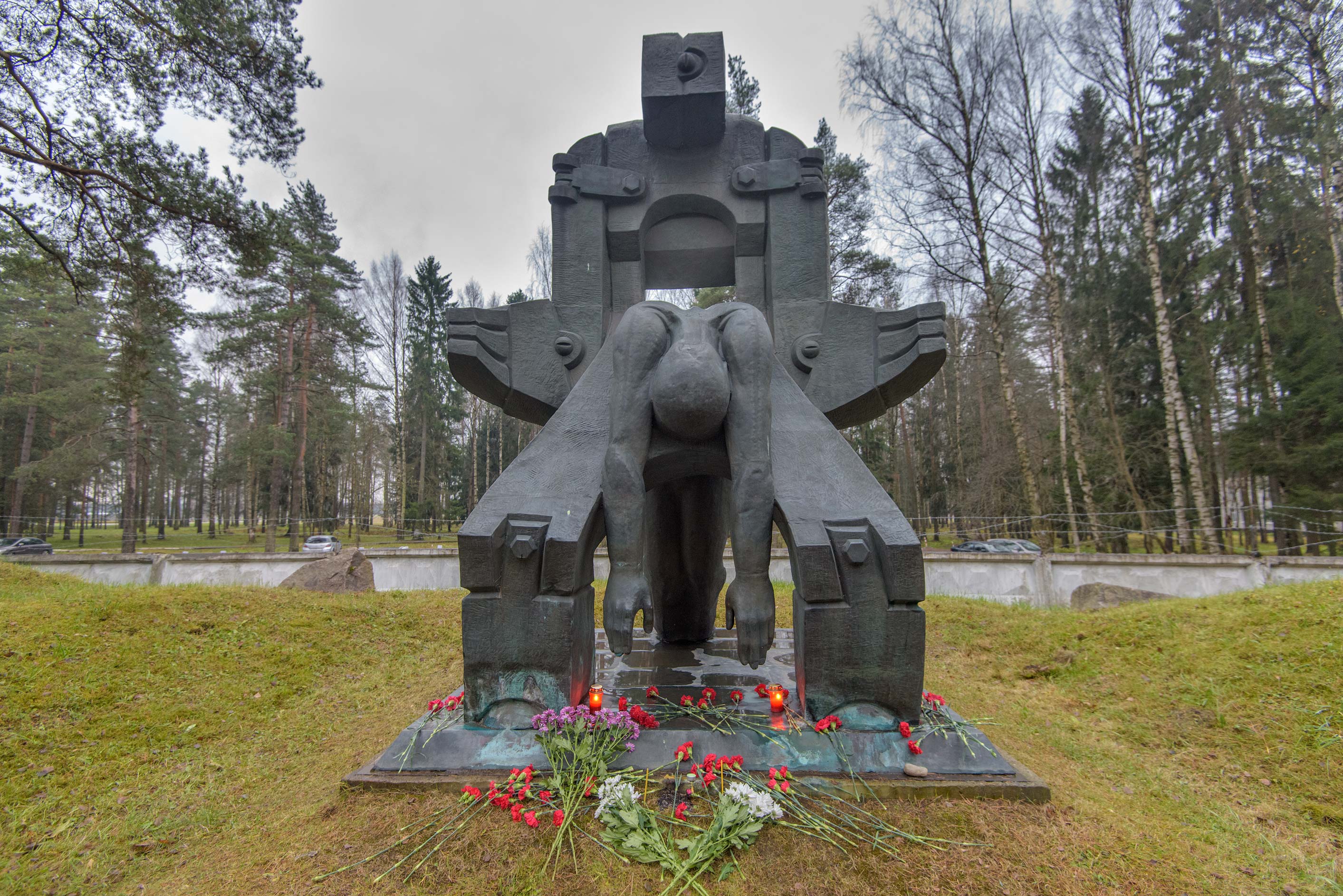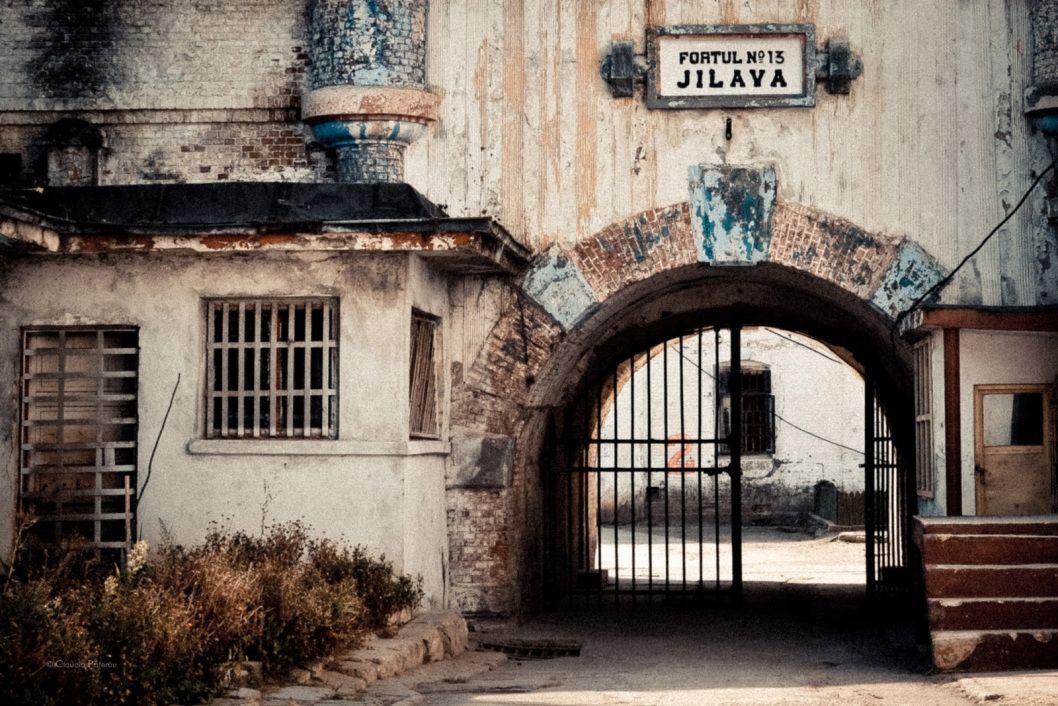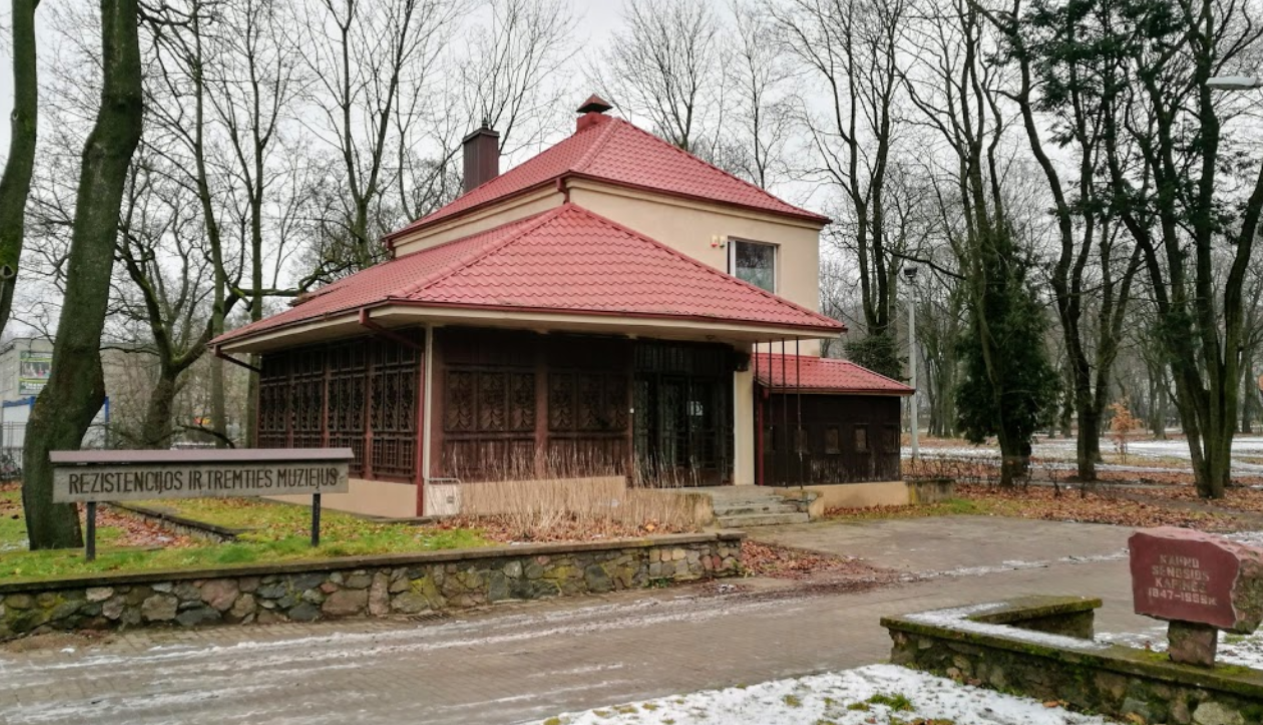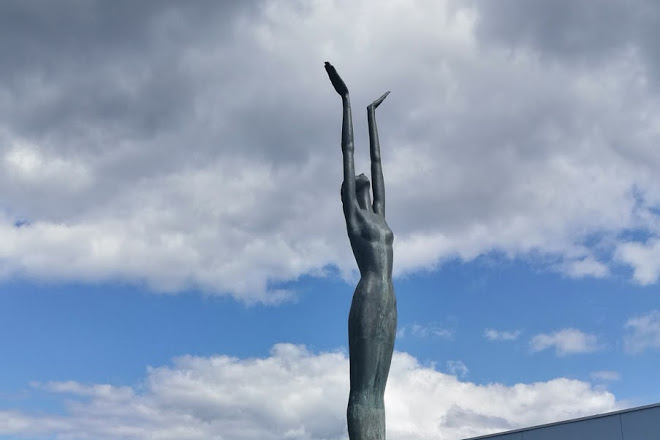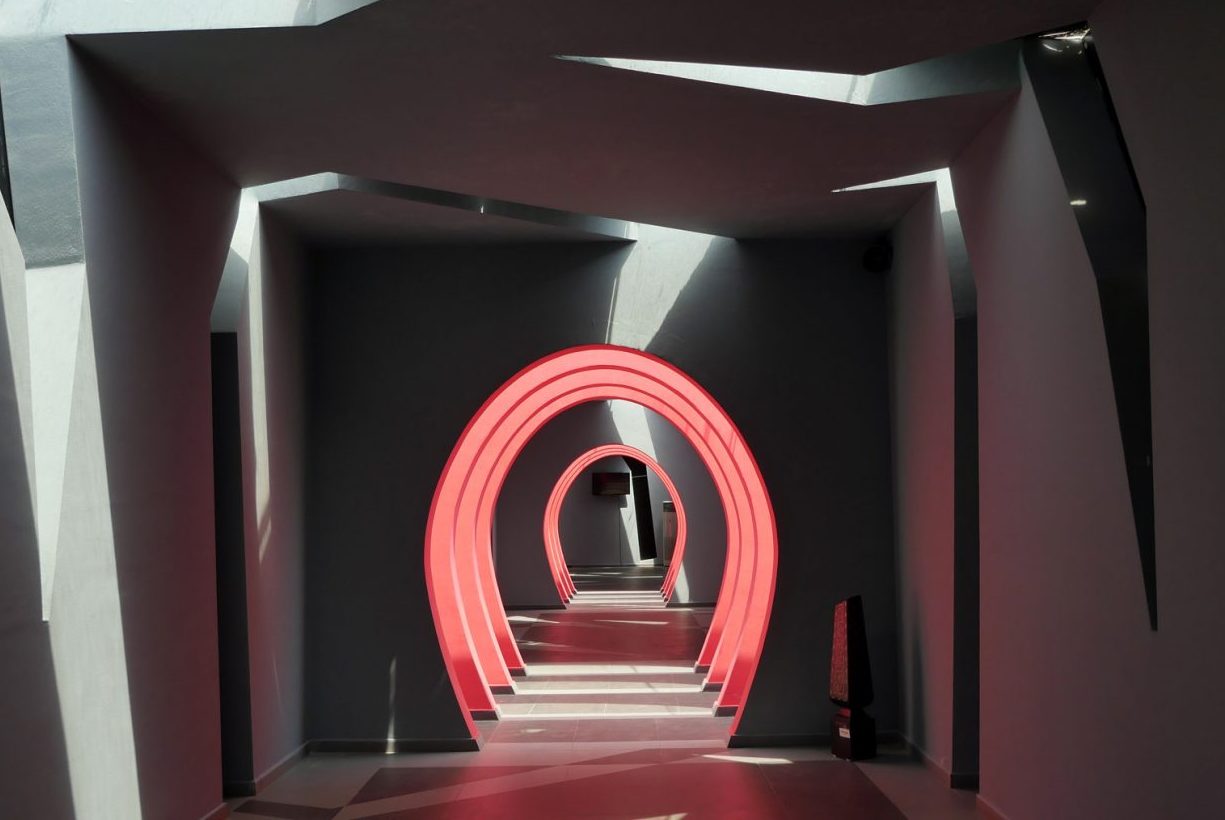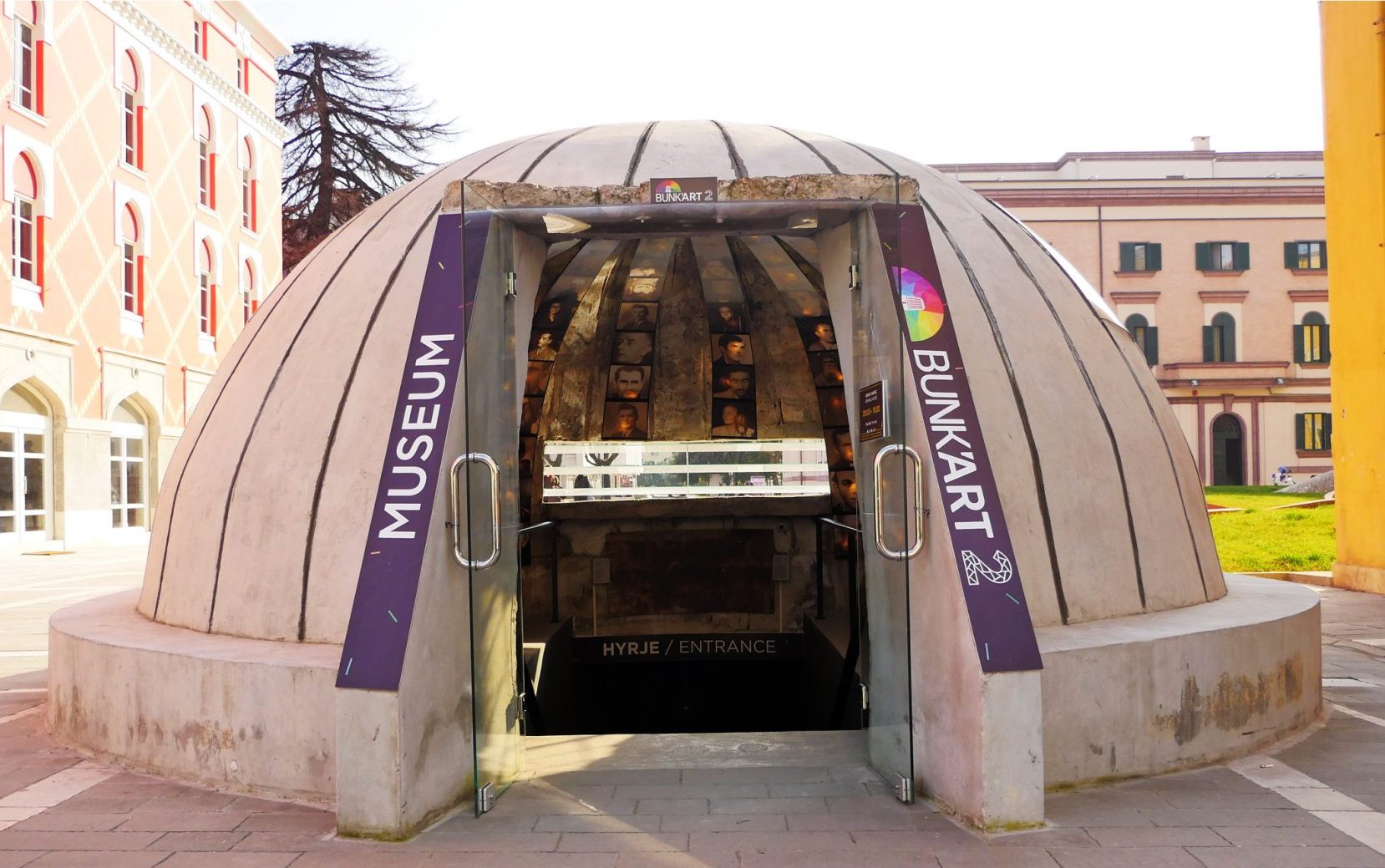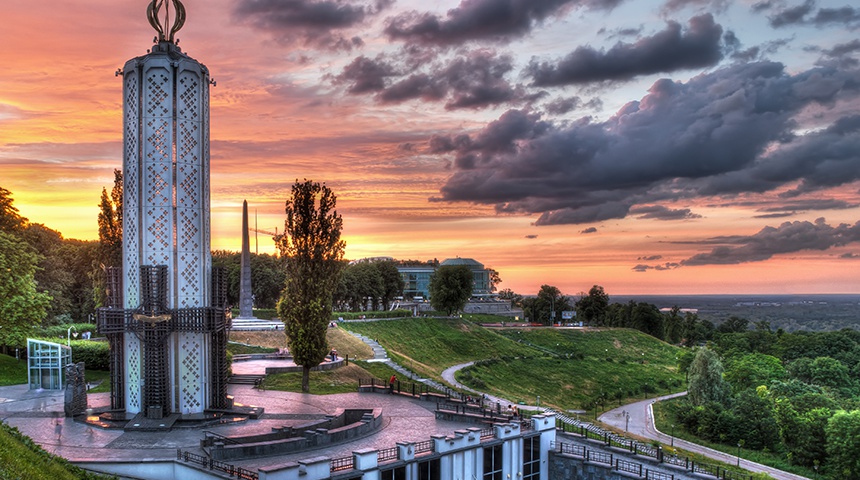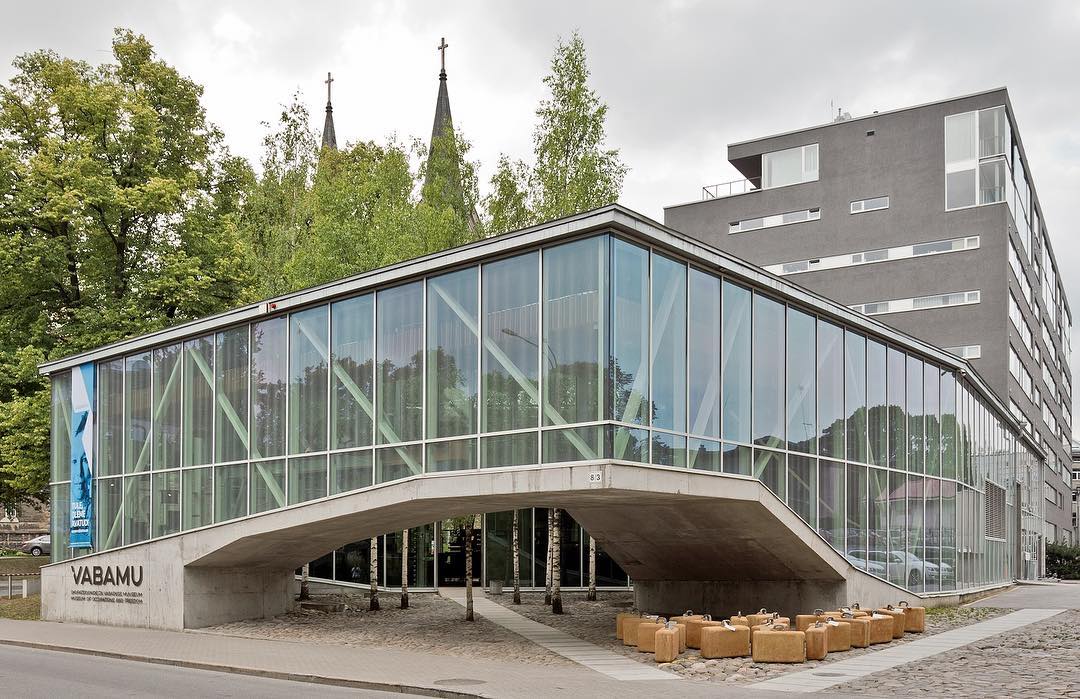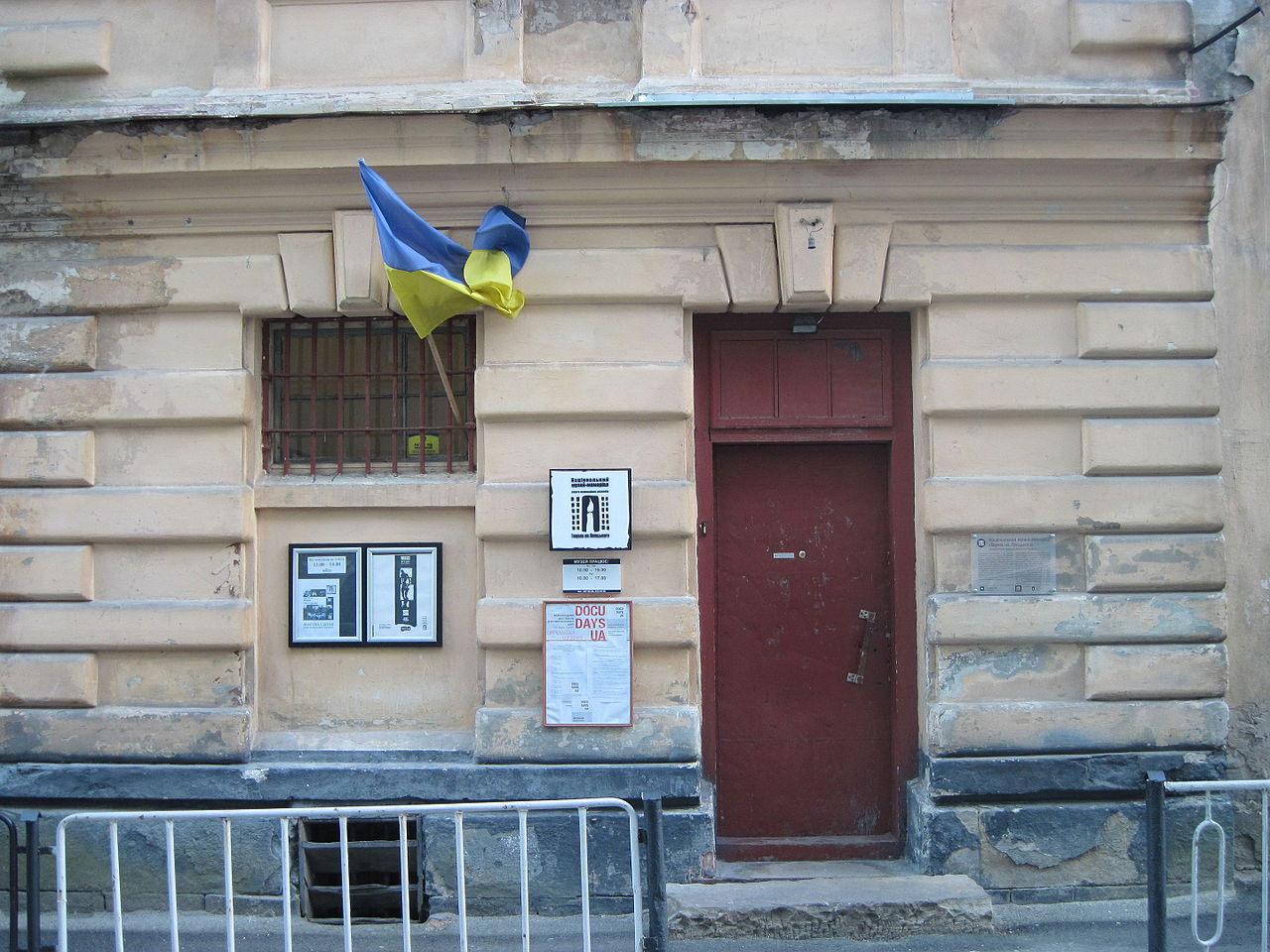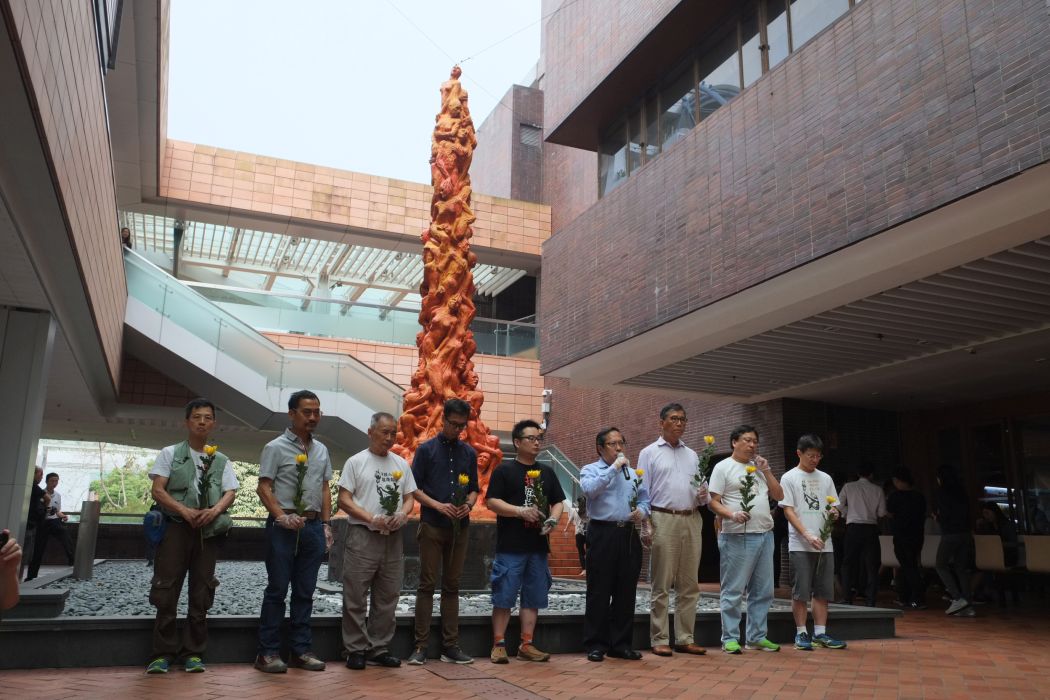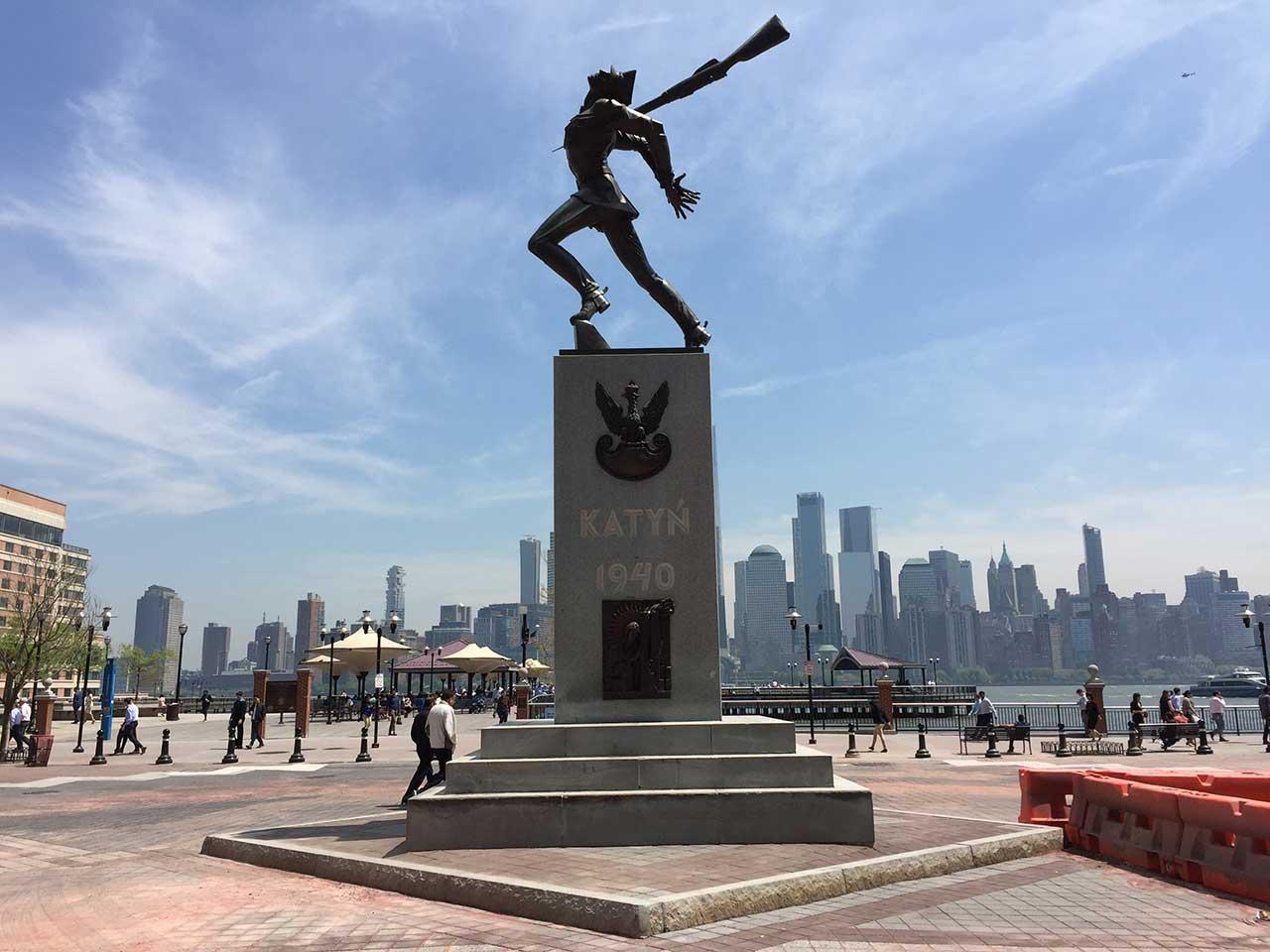
"The Partisans" Memorial
The Partisans is a 1979 sculpture by the Polish-American sculptor Andrzej Pitynski that has been exhibited in various places around Boston since 1983. The sculpture depicts the "cursed soldiers" – anti-communist Polish partisans who fought against the communist regime following the communist takeover of Poland in the aftermath of World War II. 8000 partisans were killed, around 5000 were sentenced to death and another 21 000 underground fighters died in prisons and camps. The monument is dedicated to freedom fighters worldwide. Source: Museums and Memorials. Commemorating the Victims of Communist Dictatorships. 2018. Edit. Anna Kaminsky.
